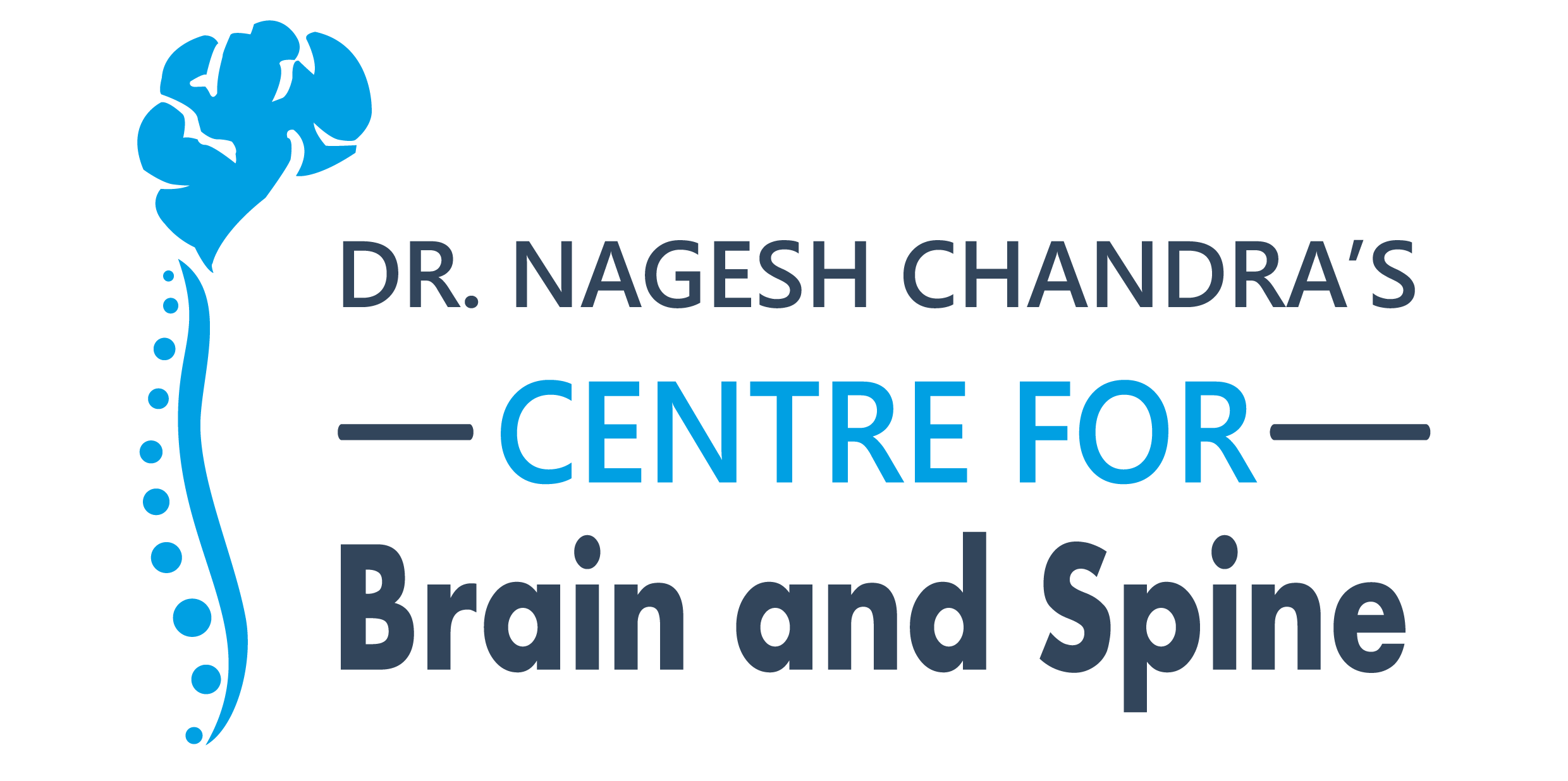Brain and spine disorders are complex medical conditions that can have a drastic impact on your life. There was a time when only surgical methods were used to treat severe brain and spine conditions. But with, medical technology, non-surgical treatment options were discovered and are now been used to treat such conditions more effectively. They offer faster relief with fewer risks and shorter recovery periods.
In this blog, we will learn about non-surgical treatment options available for brain and spine disorders
Medication
Medication controls pain, inflammation, and other symptoms. Nonsteroidal anti-inflammatory drugs (NSAIDs), muscle and pain relievers are used for treating chronic back pain, radiculopathy, and headaches.
In cases of nerve-related pain, medications like gabapentin and pregabalin have shown effective results in reducing nerve sensitivity and providing relief. These medicines enhance the patient’s comfort and functionality without surgical procedures.
Physical Therapy
Physical therapy is used to treat a lot of spine disorders. In this, therapists develop exercise programs to improve strength, flexibility, and mobility based on the conditions of patients. These exercises are beneficial in stabilizing the spine, reducing pressure on affected nerves, and promoting healing in injured areas.
Patients with herniated discs or spinal stenosis get relief from therapy alleviating their pain and improve function. By strengthening surrounding muscles and improving posture.
Epidural Steroid Injections
Epidural steroid injections (ESIs) are minimally invasive procedures used to treat brain and spine conditions. During an ESI, a corticosteroid medication is injected into the epidural space, which surrounds the spinal cord and nerve roots. This injection reduces inflammation and reduce pain associated with conditions like herniated discs, spinal stenosis, and sciatica.
ESIs offer pain relief and serve as a bridge for patients while they engage in other non-surgical therapies. Repeat injections are necessary for individuals having specific conditions, but it delays or even avoid the need for surgeries.
Radiofrequency Ablation
Radiofrequency ablation (RFA) is also a minimally invasive procedure using radiofrequency energy to target and disrupt nerves responsible for transmitting pain signals. RFA is used to treat chronic pain conditions, like facet joint pain and sacroiliac joint pain.
The procedure is performed under fluoroscopic guidance, ensuring precision and safety. RFA can provide long-lasting pain relief, and it offers a faster recovery time compared to surgical interventions.
Spinal Traction
Spinal traction relieve pressure on the spine and spinal nerves. It involves gently stretching the spine, either manually or through the use of specialized equipment. Spinal traction can help with conditions like herniated discs, degenerative disc disease, and spinal nerve compression.
The stretching motion creates space between the vertebrae, reducing pressure on the affected discs and nerves. This promotes the flow of nutrients to the spinal structures, supporting the healing process and potentially avoiding the need for surgery.
Transcutaneous Electrical Nerve Stimulation (TENS)
Transcutaneous electrical nerve stimulation (TENS) uses low-voltage electrical currents to lowers pain. Electrodes are placed on the skin in the painful area, and the TENS unit delivers gentle electrical impulses, which interfere with pain signals reaching the brain.
TENS is commonly used for conditions like, including chronic back pain, neuropathy, and fibromyalgia. It offers a drug-free, non-surgical option for managing pain
Platelet-Rich Plasma (PRP) Therapy
Platelet-rich plasma (PRP) therapy is a regenerative treatment option that utilizes the patient’s own blood to stimulate healing. In this procedure, a small amount of the patient’s blood is drawn and processed to concentrate the platelets and growth factors. The resulting PRP is then injected into the affected area.
PRP therapy has shown promising results in promoting tissue repair and reducing inflammation in conditions like degenerative disc disease and facet joint arthritis. It offers a natural and non-surgical approach to healing damaged tissues.
Conclusion
Advancement in medical research will give more innovative non-surgical treatments offering hope and relief to patients seeking alternatives to invasive procedures. Patients must consult with a qualified brain and spine specialist to determine the most suitable treatment plan as per their condition. With these non-surgical options explained above, patients can be healed and cured without the need for surgery.
You should always consider visiting a good neurologist near you before starting with any of the above treatment options

